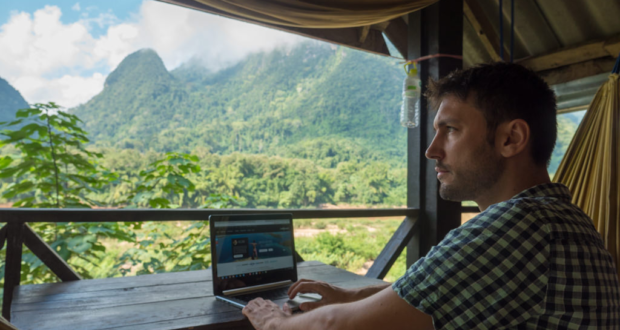Introduction
Hot Chilli Food and Travel Blog is a blog that covers all things spicy, from recipes to travel destinations. Rosana McPhee, a self-proclaimed “chilihead” who loves all things hot and spicy, created the blog.
The “Hot Chilli Food and Travel Blog” is a popular online platform that focuses on exploring and sharing experiences related to spicy food and travel destinations around the world. The blog offers a unique combination of culinary adventures and travel exploration, catering to individuals who have a passion for both spicy cuisine and discovering new places.
The blog features a variety of content, including restaurant reviews, food recommendations, travel itineraries, cooking tips, and interviews with renowned chefs and food enthusiasts. It aims to provide readers with valuable information and insights into the diverse world of hot and spicy foods, as well as inspire them to embark on their own culinary and travel adventures.
Hot Chilli Food and Travel Blog features a wide variety of content, including:
Some Recipes for spicy food from around the world
Ema Datshi
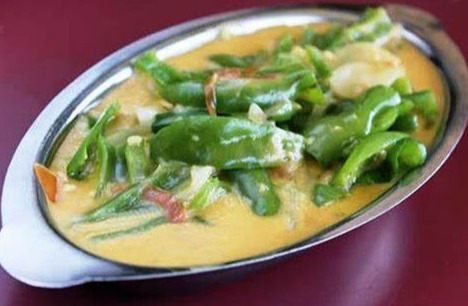
The Bhutanese prepare Ema Datshi by combining chili peppers, cheese, and onions. People in Bhutan often serve it with rice as it is a popular dish.
Tom Yum Goong
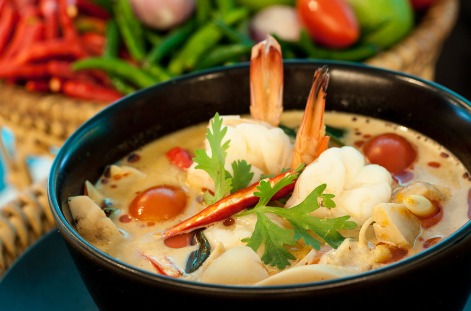
Thai people make Tom Yum Goong, a soup, using shrimp, lemongrass, galangal, chili peppers, and lime juice. In Thailand, people often serve it with rice or noodles, making it a popular dish.
Piri Piri Chicken

The Mozambican dish, Piri Piri Chicken, consists of chicken, chili peppers, and herbs. People in Mozambique often serve it with rice or bread, as it is a popular dish.
Harissa
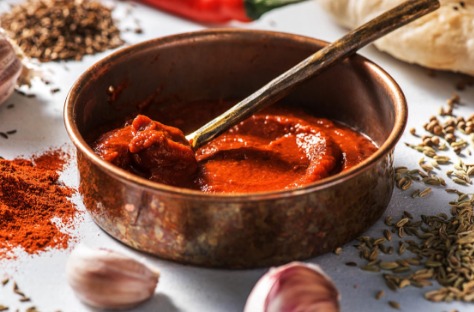
People make harissa, a Tunisian condiment, using chili peppers, garlic, and spices. People in Tunisia popularly use it as a condiment to flavor meats, vegetables, and couscous.
Samosas
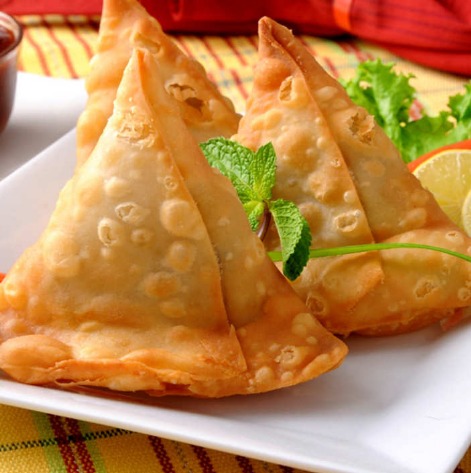
Indian pastries filled with potatoes, peas, and spices are samosas. In India, people commonly enjoy them as a popular snack, often serving them with chutney or yogurt.
Pad Thai
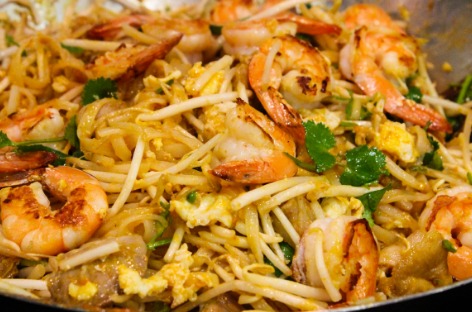
Pad Thai incorporates rice noodles, shrimp, chicken, eggs, tofu, and vegetables into a flavorful Thai stir-fry. In Thailand, people often serve this dish with peanuts and lime wedges, making it a popular choice.
Vindaloo
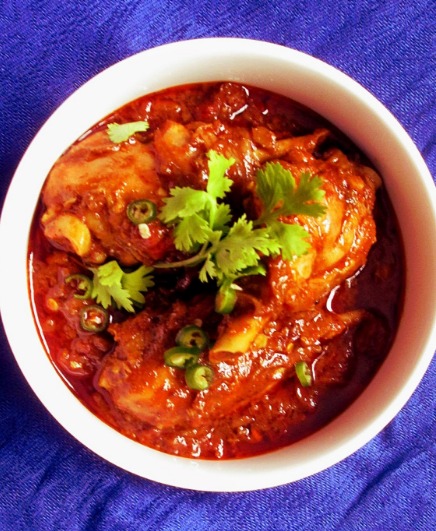
The Portuguese-Indian dish, vindaloo, consists of pork, chili peppers, and vinegar. In Goa, India, people popularly serve this dish with rice or bread.
The world abounds with numerous spicy dishes, and these are just a few examples. If you are looking for a challenge, or just want to try something new, why not give one of these recipes a try?
Travel guides to spicy food destinations
India

India is home to some of the world’s spiciest food, including curries, chutneys, and pickles. Be sure to try the vindaloo, a fiery dish made with lamb or pork, or the rogan josh, a lamb curry cooked in a tomato-based sauce.
Thailand
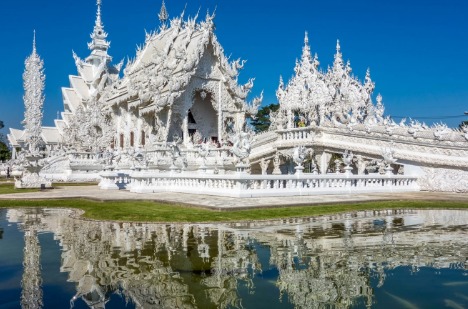
Many dishes made with chili peppers showcase Thai food’s bold flavors. Be sure to try the pad thai, a stir-fried noodle dish with shrimp, chicken, or tofu, or the som tam, a green papaya salad with chili peppers, lime juice, and peanuts.
China

China: China is another country with a long history of spicy food. Be sure to try the Sichuan hot pot, a dish where you cook your own meat and vegetables in a spicy broth, or the mapo tofu, a spicy tofu dish made with ground beef and chili peppers.
Jamaica

The Jamaican dish, jerk chicken, involves marinating chicken in a spicy mixture of spices, which includes scotch bonnet peppers. Be sure to try jerk chicken with rice and peas, and don’t forget to ask for extra hot sauce!
These are just a few of the many spicy food destinations around the world. If you’re looking for a culinary adventure, be sure to check out some of these hot spots.
Articles about the history and science of chili peppers
hot chilli food and travel blog also feature articles about the history and science of chili peppers. These articles explore the origins of chili peppers, their evolution, and their many uses. They also discuss the science behind capsaicin, the compound that gives chili peppers their heat.
Origins and Cultural Significance
Researchers and writers have produced numerous articles delving into the fascinating history and intricate science behind chili peppers. These articles explore the origins, cultivation, and cultural significance of chili peppers, shedding light on their journey from their humble beginnings to becoming an integral part of various cuisines worldwide.
Historical articles delve into the rich heritage of chili peppers, tracing their roots back to ancient civilizations such as the Aztecs, Mayans, and Incas. They highlight the pivotal role chili peppers played in the spice trade, exploration, and colonization, as well as their incorporation into traditional medicinal practices.
Biology and Chemistry
Moreover, scientific articles examine the biology and chemistry of chili peppers. They explore the compounds responsible for their fiery heat, such as capsaicin, and delve into the mechanisms of how they interact with our taste buds and sensory receptors. These articles also explore the health benefits associated with chili peppers, including their potential as natural pain relievers, metabolism boosters, and sources of antioxidants.
Varieties and Flavors
In addition, articles about chili peppers may delve into their diverse varieties and flavors, ranging from mild and sweet to mind-blowingly hot. They often explore the different species and cultivars, explaining the factors that contribute to variations in heat levels and flavors. These articles may also discuss the techniques used to measure the heat of chili peppers, such as the Scoville scale, and highlight famous chili pepper varieties like the Carolina Reaper or the Bhut Jolokia.
Culinary Uses and Recipes
Furthermore, articles on chili peppers may cover the culinary uses and recipes that incorporate these fiery fruits. They explore how chili peppers are used as ingredients in various cuisines worldwide, adding flavor, heat, and complexity to dishes. These articles may feature traditional recipes from different cultures, as well as innovative and experimental uses of chili peppers in modern gastronomy.
Final verdict
Overall, articles about the history and science of chili peppers provide a comprehensive exploration of their cultural, historical, botanical, and culinary significance. They offer a deeper understanding of these vibrant and versatile peppers, enriching our knowledge and appreciation of this beloved ingredient.
Here are some additional details about the history and science of chili peppers:
- Central and South America bear native chili peppers. People have cultivated them for thousands of years.
- Chili peppers were first introduced to Europe in the 15th century by Christopher Columbus.
- Other parts of the world were quickly infiltrated by chili peppers. They are now grown in over 100 countries.
- Many cuisines around the world incorporate chili peppers as a popular ingredient. They are also used in traditional medicine.
- Chili peppers contain capsaicin, a compound that gives them their heat. Capsaicin has a number of health benefits, including pain relief and improved circulation.
Interviews with chili pepper experts
The Hot Chilli Food and Travel Blog conducts interviews with chili pepper experts to explore the history, science, and cultivation of chili peppers. These interviews offer readers unique insights into the world of chili peppers that cannot be found elsewhere.
Here are some examples of interviews with chili pepper experts that have been published on Hot Chilli Food and Travel Blog:
- Interview with the Director of the Chile Pepper Institute at New Mexico State University, Dr. Paul Bosland.
- Interview with Chef Rick Bayless, a James Beard Award-winning chef who specializes in Mexican cuisine
- Interview with Smokin’ Ed Currie, the creator of the Carolina Reaper, the world’s hottest chili pepper
These interviews provide readers with a wealth of information about chili peppers. They learn about the history of chili peppers, the different types of chili peppers, and how to use chili peppers in cooking.
Conclusion
If you are interested in learning more about chili peppers, I encourage you to check out the interviews with chili pepper experts on Hot Chilli Food and Travel Blog. You will definitely acquire new knowledge.
I hope you have learned a lot from this article. Visit our website daily to read more informative articles.
 Living There
Living There
